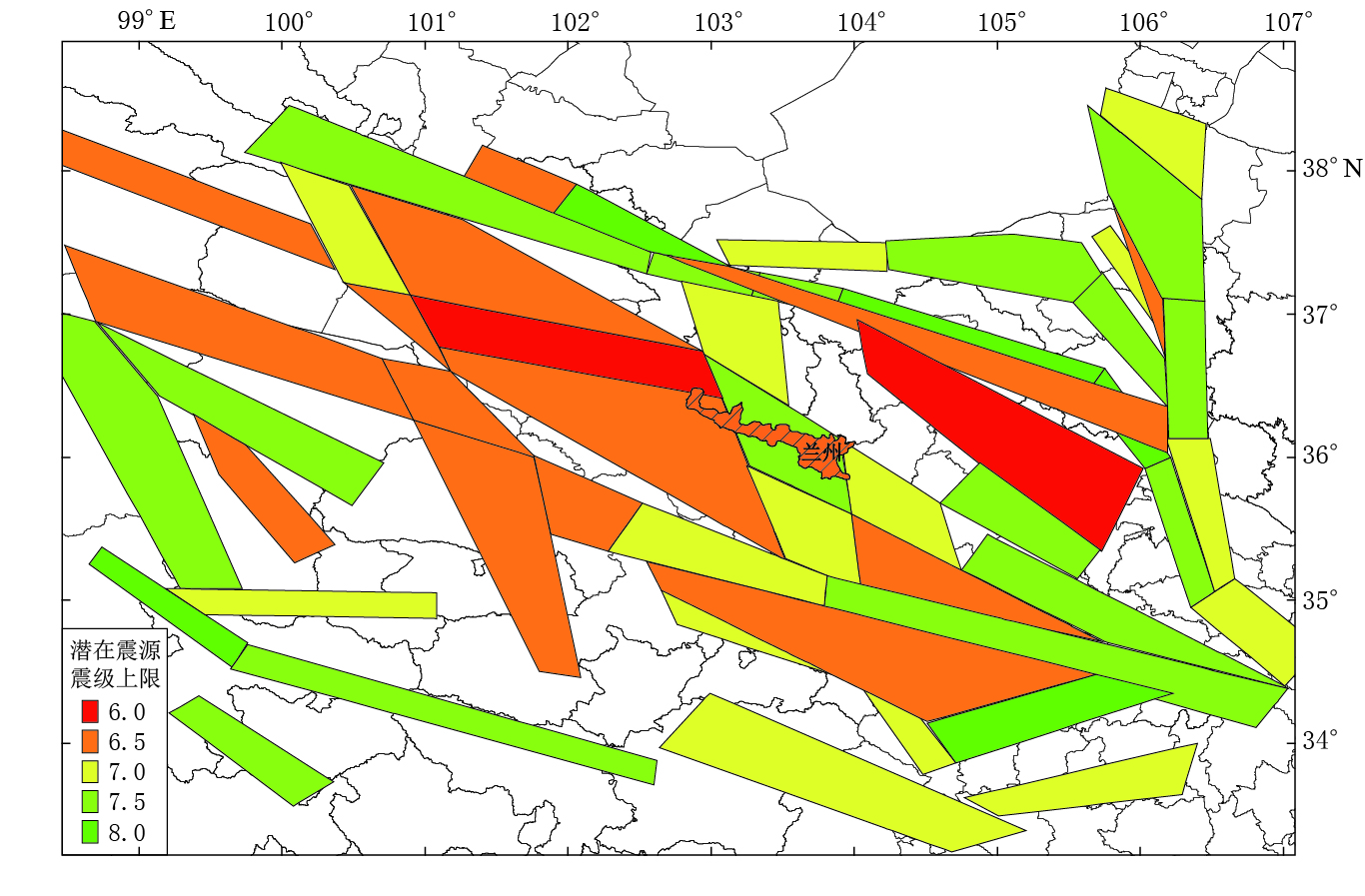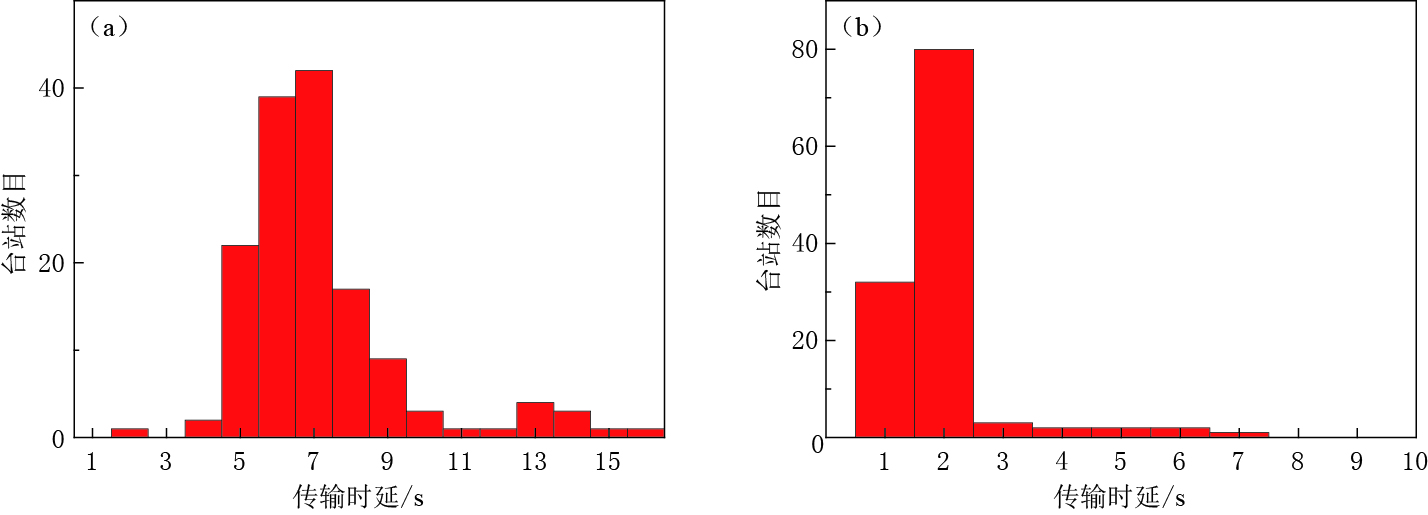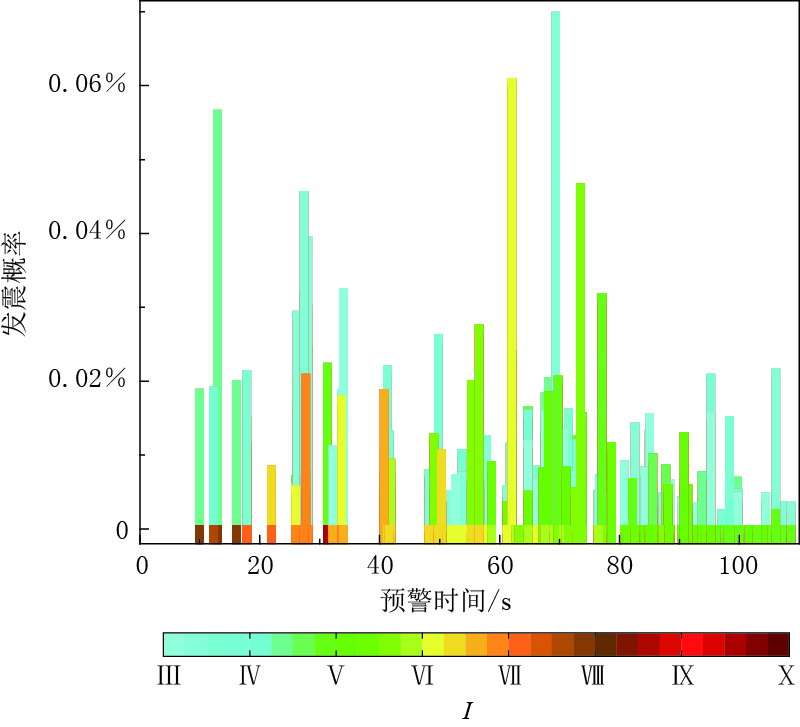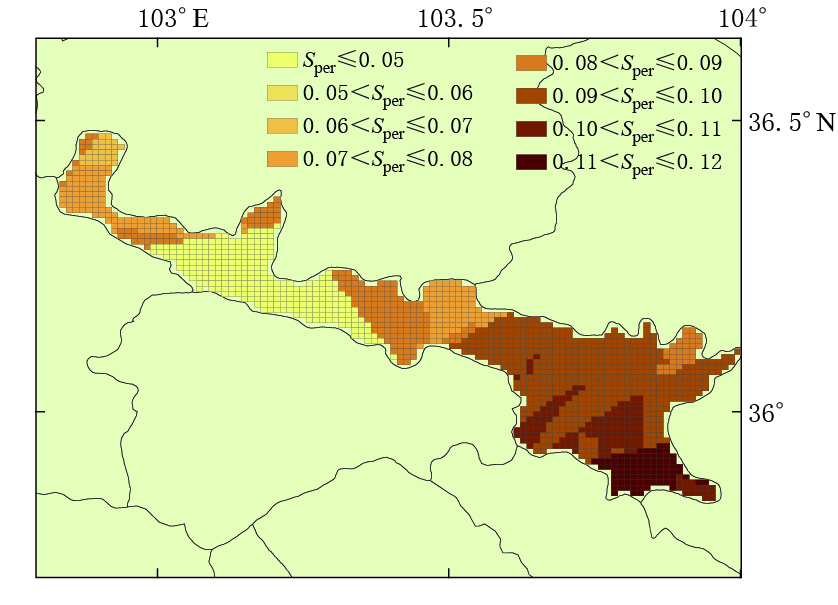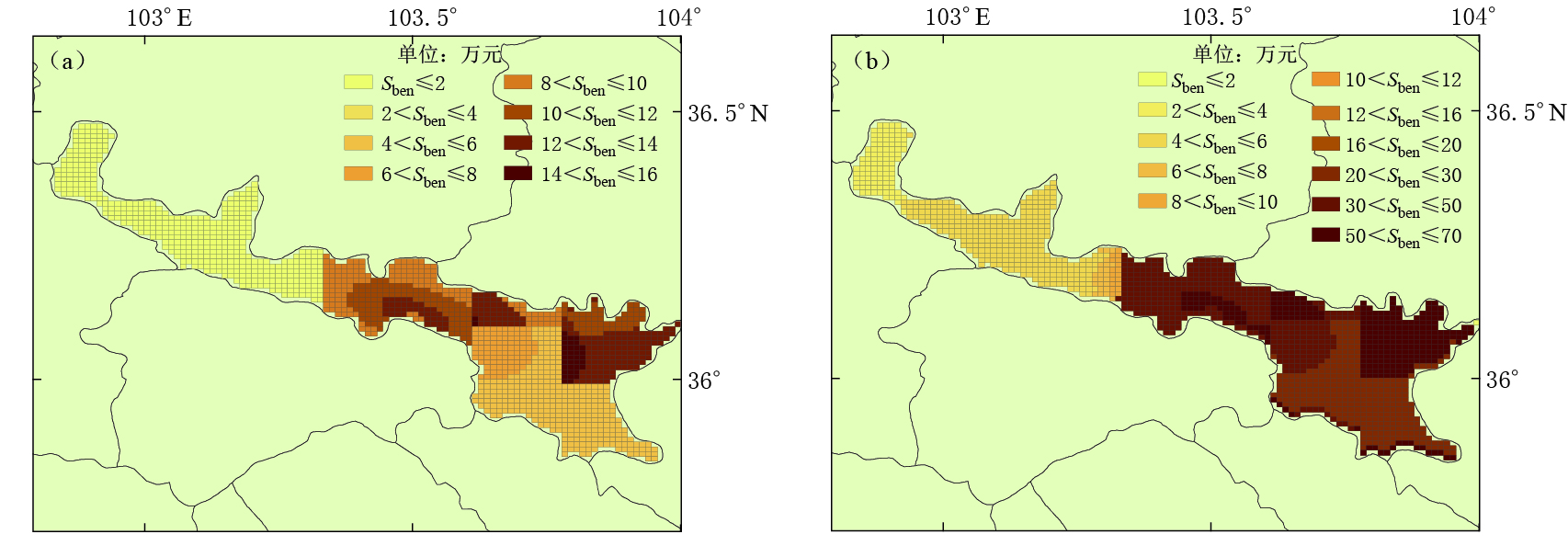Effectiveness evaluation and social benefits analyses on earthquake early warning system
-
摘要: 本文从地震预警系统可减少的人员伤亡和可挽回的经济损失两个角度出发, 研究了地震预警系统的效能和社会效益. 通过对兰州市及周边地区潜在震源各个震级档的年平均发生概率进行计算, 并结合以兰州市为中心布设的80个强震预警台站信息, 计算了有效的预警时间及地震烈度. 基于生命易损性模型方法, 计算了地震预警系统可减少的人员伤亡系数; 采用基于宏观GDP的损失评估方法, 计算了地震预警系统可减少的经济损失, 分析了地震预警系统的社会效益. 计算结果表明: 减小地震预警盲区范围对提高地震预警系统的效能非常关键; 地震预警系统的建设和台网布局应重点考虑布设区域的人口密度、 经济情况及地震发生概率.Abstract: This paper focuses on the study on the effectiveness of earthquake early warning system and social benefits from the perspective of earthquake early warning system’s reducing the casualties and the economic losses. Based on the calculation results of the annual average occurrence probability of potential earthquakes in each magnitude grade in Lanzhou city and its surrounding areas, we calculated the effective warning time and seismic intensity by using the data from 80 earthquake early warning stations in Lanzhou region. Based on the life-vulnerability model, we calculated the casualties coefficient by the early warning system, and then calculated the economic losses by the macro GDP loss assessment method. The results show that it is crucial for improving the efficiency of earthquake early warning to minimize the scope of blind areas. The construction of earthquake early warning system and the layout of station network should focus on the population density, the economic situation and the probability of earthquake occurrence of the layout areas.
-
Keywords:
- earthquake early warning /
- effectiveness evaluation /
- social benefits
-
-
表 1 2009年兰州市各区面积、 人口和生产总值
Table 1 Area, population and GDP in Lanzhou city in 2009
区域 土地面积/km2 常住人口/(万人) 人口密度/(人·km-2) 生产总值/(万元) 人均GDP/元 城关区 222.0 99.70 4463 3291294 35420 七里河区 420.5 50.60 1203 1827835 36195 西固区 383.6 35.63 929 1780162 53176 安宁区 85.9 23.66 2754 595376 26132 红古区 519.6 14.78 284 554176 37495 表 2 间接经济损失评估系数EI
Table 2 Evaluation coefficient EI of indirect economic losses
直接经济损失 E I 西部农村 西部城市 东部农村 东部城市 特大城市 GDP<8% 0.6 0.8 0.8 1.0 1.4 8%≤GDP≤50% 0.8 1.2 1.0 1.6 1.8 GDP>50% 1.2 1.6 1.4 1.8 2.2 -
郭凯. 2012. 地震预警系统应用及风险分析[D]. 哈尔滨: 中国地震局工程力学研究所: 61-70. Guo K. 2012. Application and Risk Analysis of Earthquake Early Warning System[D]. Harbin: Institute of Engineering Mechanics, China Earthquake Administration: 61-70 (in Chinese).
李俊. 2009. 以Google Earth为平台, 基于GDP、 人口与场地效应的全球大震损失评估模型[D]. 合肥: 中国科学技术大学: 111-124. Li J. 2009. Global Strong Earthquake Loss Estimating Modle Based on GDP, Population and Site Correction in Google Earth[D]. Hefei: University of Science and Technology of China: 111-124 (in Chinese).




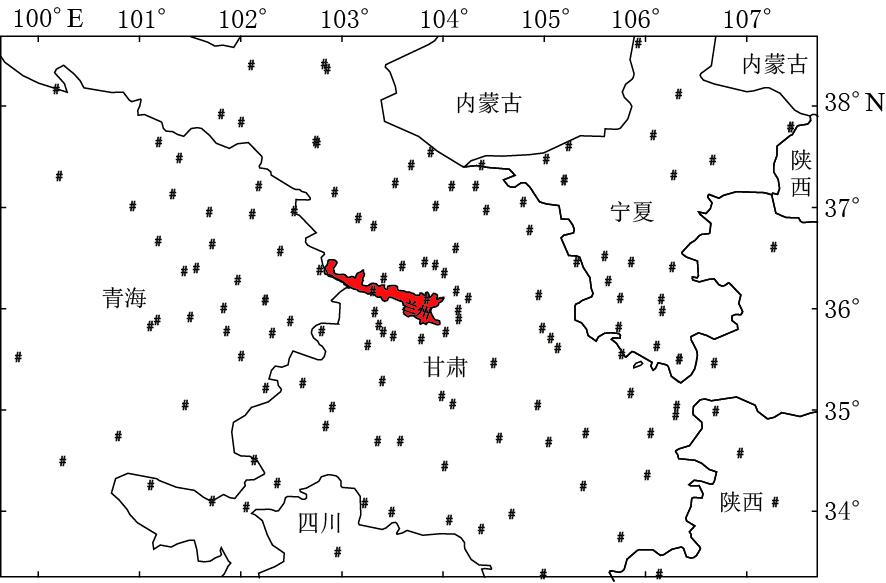
 下载:
下载:
